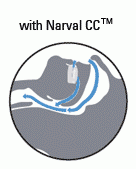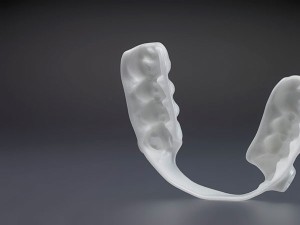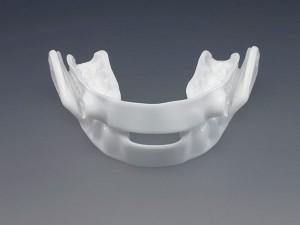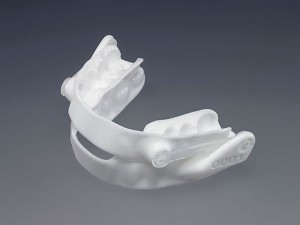Snoring can be a problem for spouses. Sleep Apnea can be a serious condition for people with this disease. Sleep apnea is a serious sleep disorder that occurs when a person’s breathing is interrupted during sleep. If you suffer from Sleep Apnea, you are at higher risk heart disease, stroke and even cancer.
Dr James Tasto is a proud member of the American Academy of Dental Sleep Medicine. I treat Obstructive Sleep Apnea (OSA) with a Mandibular Advancement Device (MAD). This device pulls the lower jaw forward in order to maintain the patency of the upper airway by increasing its dimensions and reducing collapsibility.
What Are the Effects of Sleep Apnea?
If left untreated, sleep apnea can result in a growing number of health problems, including:
- High blood pressure
- Stroke
- Heart failure, irregular heart beats, and heart attacks
- Diabetes
- Depression
- Worsening of ADHD
In addition, untreated sleep apnea may be responsible for poor performance in everyday activities, such as at work and school, motor vehicle crashes, and academic underachievement in children and adolescents.
Patients who suffer from sleep apnea stop breathing stop breathing repeatedly during their sleep, sometimes hundreds of times. This means the brain — and the rest of the body — may not get enough oxygen.
Who is at risk?
Sleep apnea can affect anyone at any age, even children. Risk factors for sleep apnea include:
- Being male
- Being overweight
- Being over age 40
- Having a large neck size (17 inches or greater in men and 16 inches or greater in women)
- Having large tonsils, a large tongue, or a small jaw bone
- Having a family history of sleep apnea
- Gastroesophageal reflux, or GERD
- Nasal obstruction due to a deviated septum, allergies, or sinus problems
Narval CC™
The Narval CC™ is a custom-made mandibular re-positioning device (MRD). It has patented physiological articulation and unique comfortable splints to optimize patient acceptance and treatment efficacy.
Thousands of patients benefit from this simple yet effective therapy and it is recognized by specialists as a discreet and comfortable oral appliance.
How it works:
The Narval CC™ retains the mandible – lower jaw – in a forward position which brings forward the base of the tongue and increases the space behind the tongue.
This has a double impact:
It reduces the risk of obstruction or collapse of the airway, and decreases the frequency of apneas or hypopneas which lead to sleep fragmentation.
The speed at which the air is inhaled decreases, reducing the snoring that is caused by the vibration of soft tissues in the throat.
Images of a NARVAL:





